Two Unusual Netherlands Bronze / Brass Swan Collars
Two Unusual Bronze / Brass Swan Collars
One collar with polychrome decorated ‘studs’ one collar with an engraved number: ‘1’
Brass / Bronze, Polychrome
The Netherlands
17th / Early 18th Century
SIZE: 4.5cm high, 8.5cm dia. - 1¾ ins high, 3¼ ins dia. and 3cm high, 7cm dia. - 1¼ ins high, 2¾ ins dia.
One collar with polychrome decorated ‘studs’ one collar with an engraved number: ‘1’
Brass / Bronze, Polychrome
The Netherlands
17th / Early 18th Century
SIZE: 4.5cm high, 8.5cm dia. - 1¾ ins high, 3¼ ins dia. and 3cm high, 7cm dia. - 1¼ ins high, 2¾ ins dia.
Two Unusual Bronze / Brass Swan Collars
One collar with polychrome decorated ‘studs’ one collar with an engraved number: ‘1’
Brass / Bronze, Polychrome
The Netherlands
17th / Early 18th Century
SIZE: 4.5cm high, 8.5cm dia. - 1¾ ins high, 3¼ ins dia. and 3cm high, 7cm dia. - 1¼ ins high, 2¾ ins dia.
One collar with polychrome decorated ‘studs’ one collar with an engraved number: ‘1’
Brass / Bronze, Polychrome
The Netherlands
17th / Early 18th Century
SIZE: 4.5cm high, 8.5cm dia. - 1¾ ins high, 3¼ ins dia. and 3cm high, 7cm dia. - 1¼ ins high, 2¾ ins dia.
Originally a native of northern Europe the mute swan ‘Cygnus Olor’ was domesticated early on and raised in captivity first for its meat, and later for its great beauty. Medieval records show that there were domesticated flocks in Britain just prior to the 12th century and that swans were regarded as the property of the Crown. They could only be raised and traded under royal licence enforced by the King or Queen’s Swan Master and his deputies. Today an annual ceremony of ‘swan upping’ is still performed on the River Thames in July where all mute swans are rounded up and marked for ownership either by the Crown or by the Vintners and Dyers Livery Companies, who were granted rights of ownership in the 15th century. The welfare of the birds is still taken seriously at this event at which they are inspected, weighed and ringed or marked with a nick to the beak.
However, in the Netherlands hundreds of swans were owned by ‘zwanendriften’ or ‘swan herders’ in a tradition dating back to the Middle Ages. The young swans were caught and their wings pinioned so that they could not fly and their beaks marked with a tattoo of ownership. Upon their release as they could not fly, they spent the winter stranded on the frozen marsh and ponds walking in search of food. At around two years of age they were caught by the herders by means of a wire loop around their neck and sold primarily for meat. This practice continued into the 21st century and was only recently outlawed in January 2017.
Bronze collars were most probably made as a form of protection for the swans belonging to owners, and would have prevented them from being taken by the ‘swan herders’ from their owners land.
However, in the Netherlands hundreds of swans were owned by ‘zwanendriften’ or ‘swan herders’ in a tradition dating back to the Middle Ages. The young swans were caught and their wings pinioned so that they could not fly and their beaks marked with a tattoo of ownership. Upon their release as they could not fly, they spent the winter stranded on the frozen marsh and ponds walking in search of food. At around two years of age they were caught by the herders by means of a wire loop around their neck and sold primarily for meat. This practice continued into the 21st century and was only recently outlawed in January 2017.
Bronze collars were most probably made as a form of protection for the swans belonging to owners, and would have prevented them from being taken by the ‘swan herders’ from their owners land.
Ex Private collection Edric Van Vredenburgh, published no. 182, vol 1, EVV collection catalogue 2014
For another example see: Finch and Co item number, 13, catalogue 30, Summer 2018
For another example see: Finch and Co item number, 13, catalogue 30, Summer 2018
Two Unusual Netherlands Bronze / Brass Swan Collars
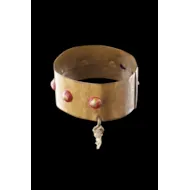
SOLD
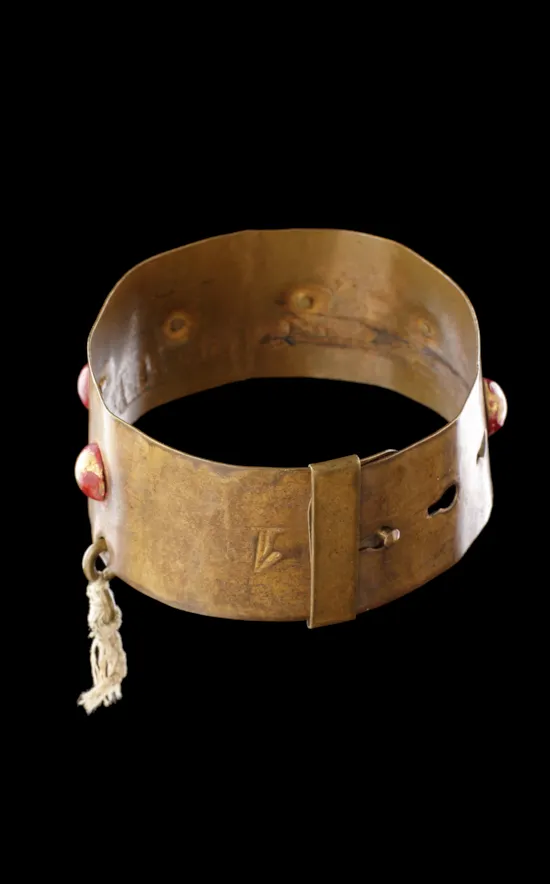
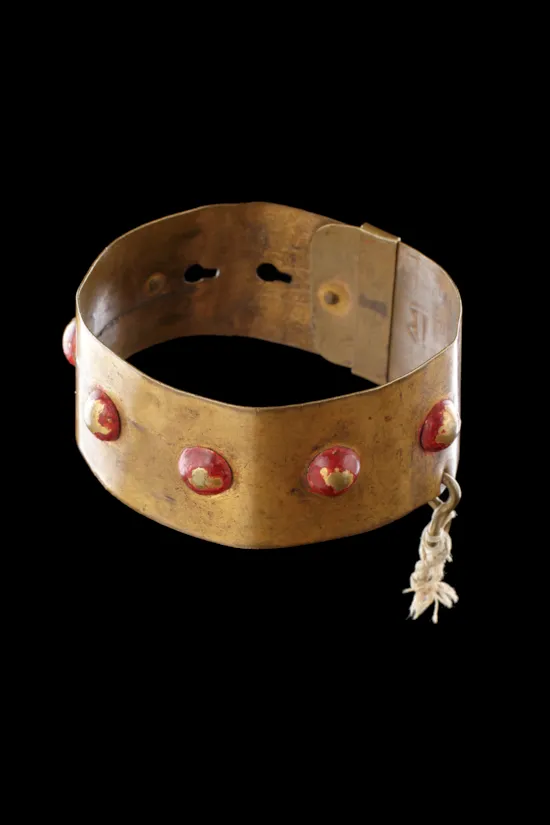
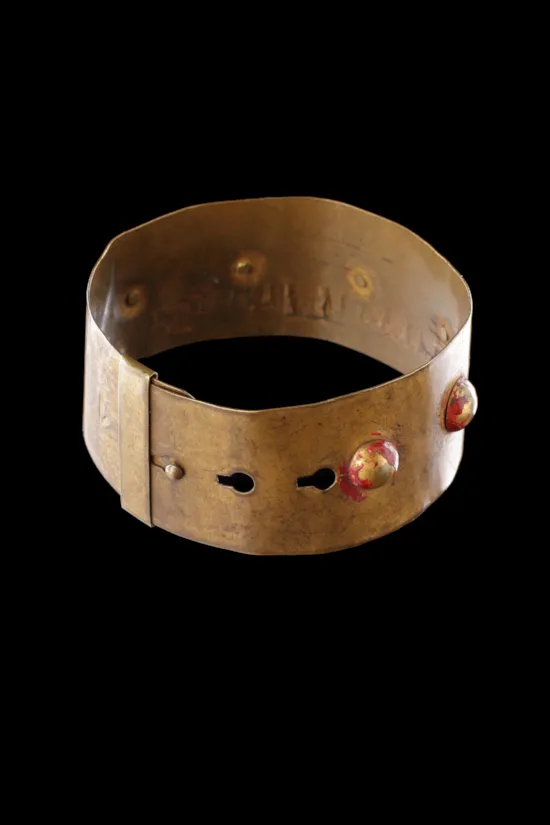
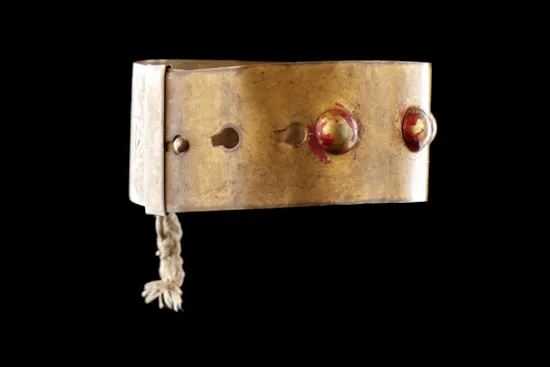
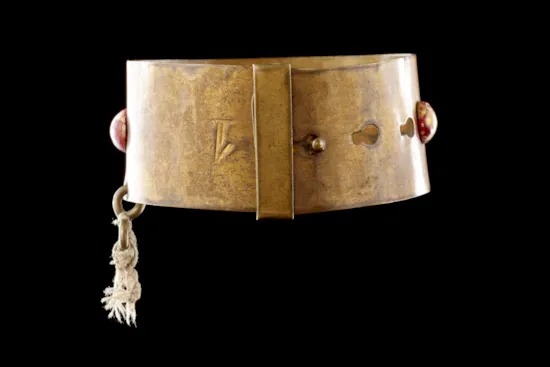
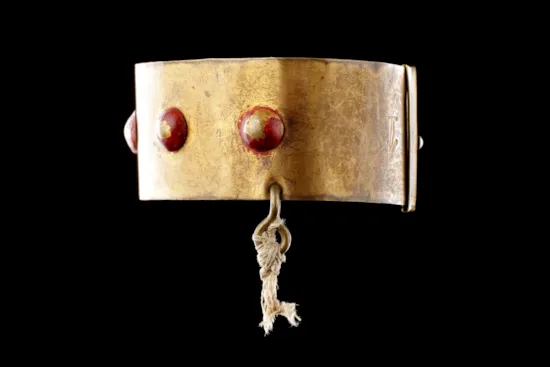
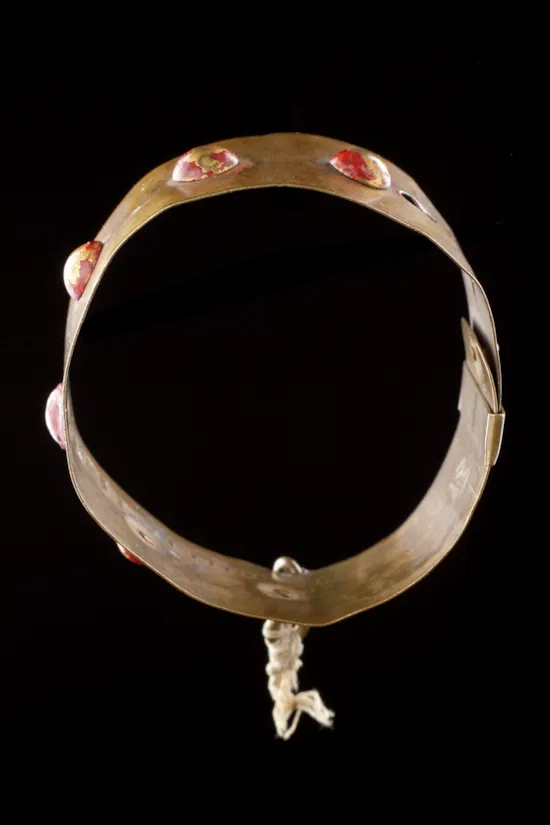
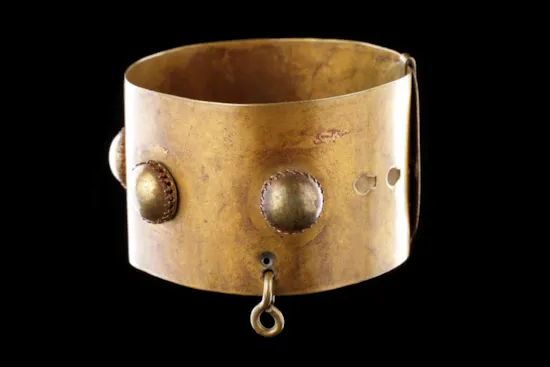
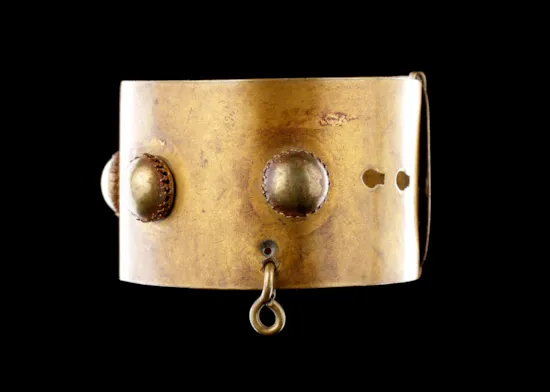
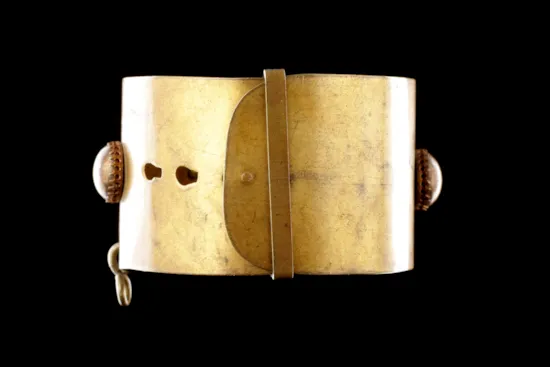
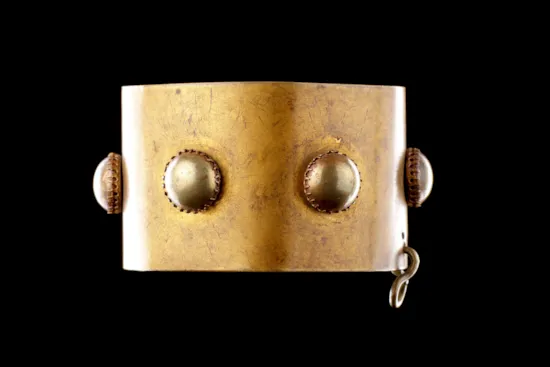
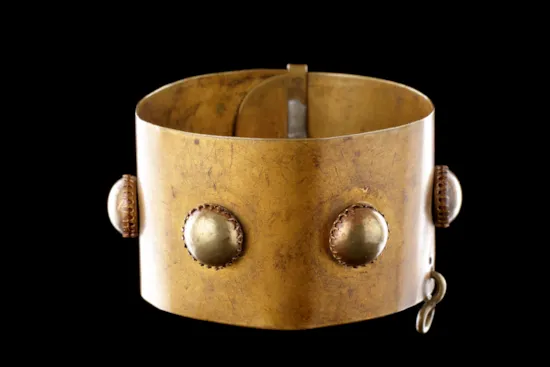
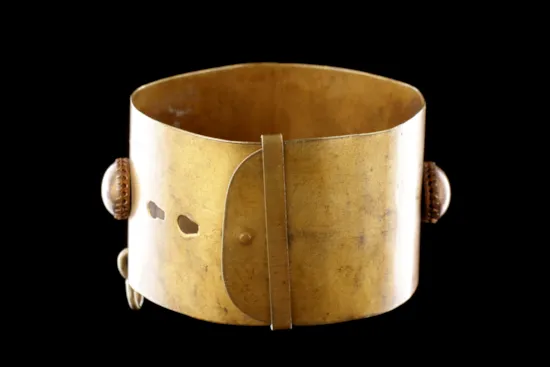
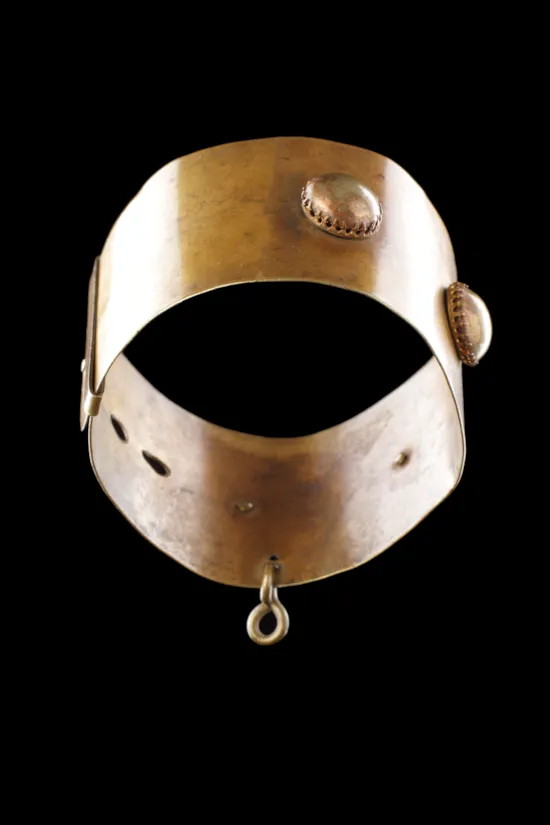














YOU MAY ALSO LIKE


